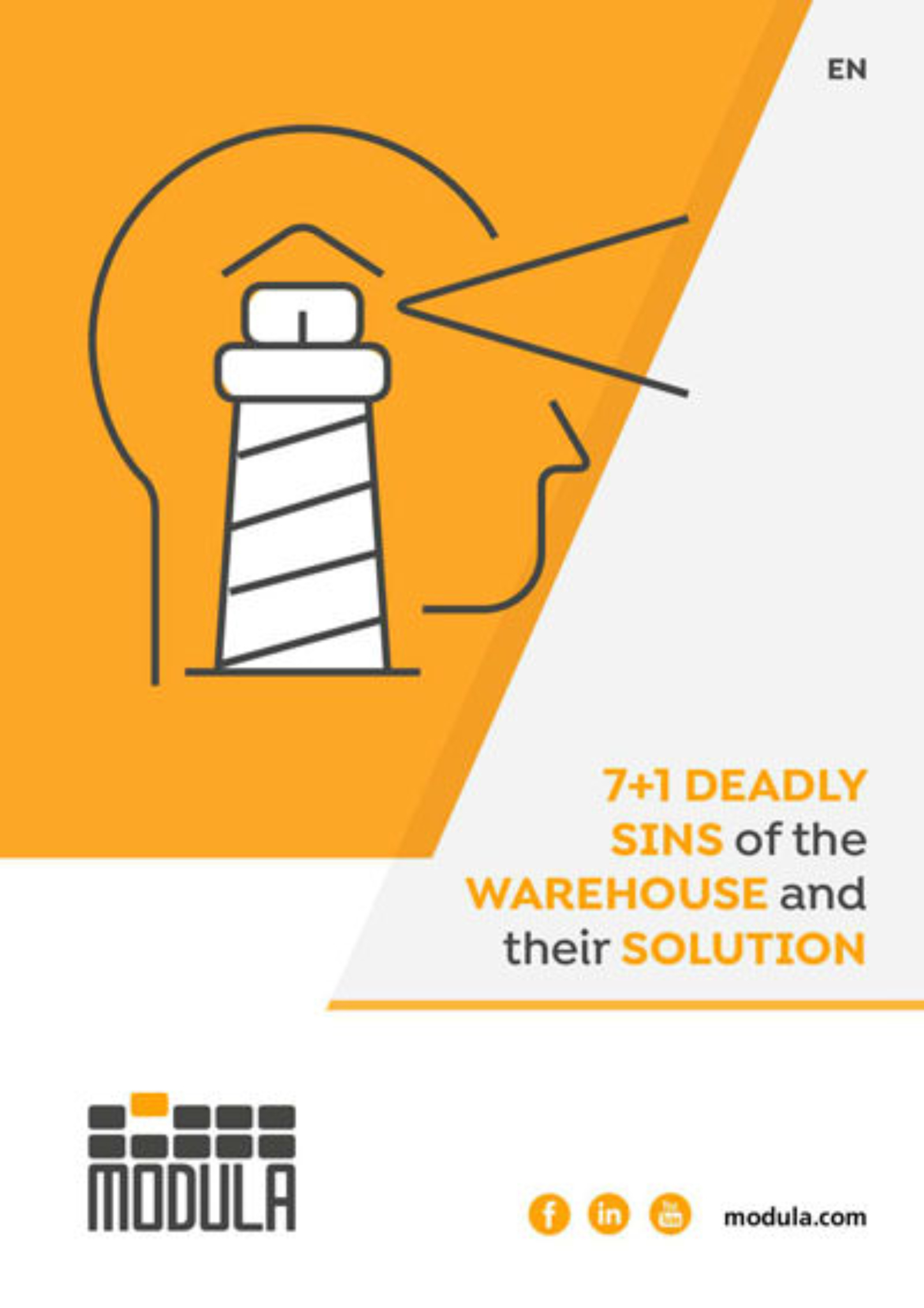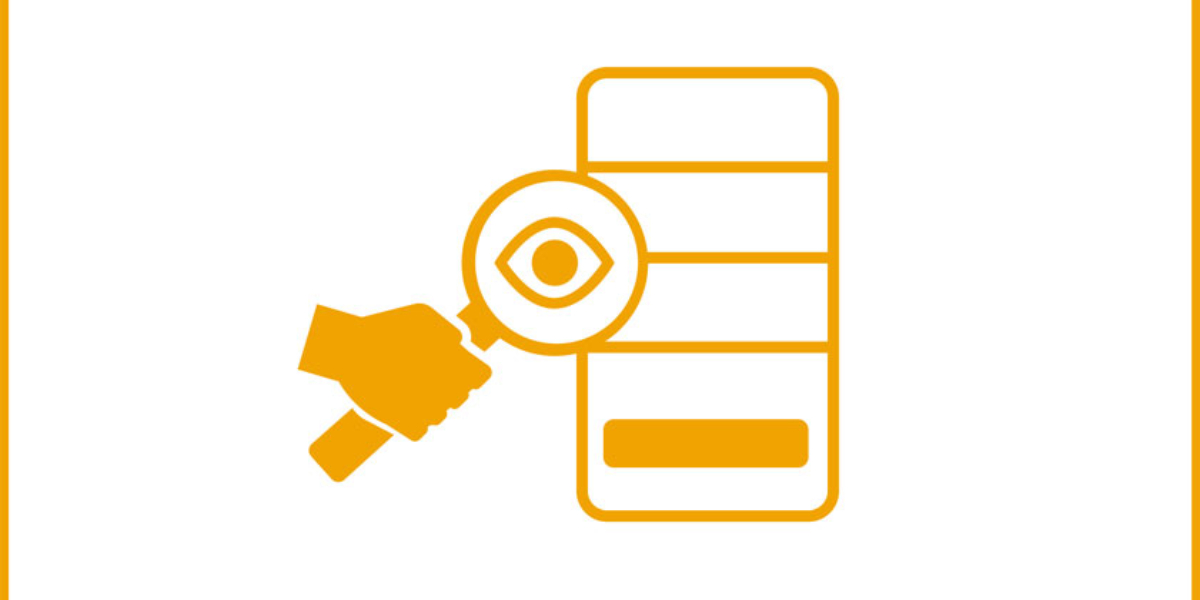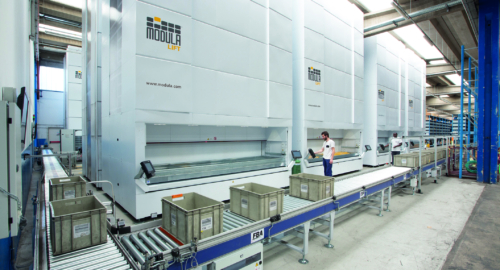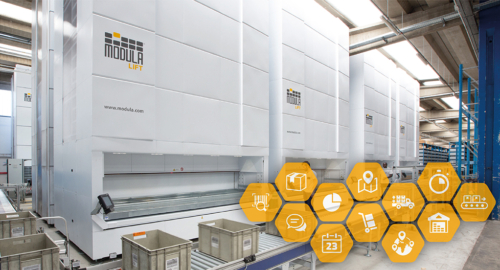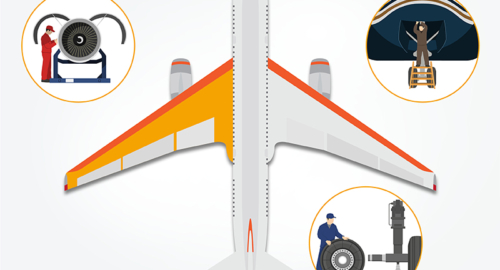It’s difficult to know where to begin a redesign of your warehouse.
It’s important to start by analysing its strengths and weaknesses and defining actions suited to the purpose you want your warehouse to fulfill and your overall objective.
This is why it is important to start by checking your warehouse’s performance, in order to identify and eliminate any critical issues: this is called an audit.
To do this, you need to have a good understanding of your own operational reality and judge objectively how efficient it is. Critical issues must not become too obvious. You need to carry out periodic investigations, take measurements and perform qualitative assessments.
What do I concentrate on?
- Performance indicators of the state of your logistics
- Processes, i.e. it’s not enough just to analyse your data, you also need to concentrate on how activities are performed, from goods inwards right through to despatch
- Assets, tools and technologies
- Organisation and human resources, concentrating on quality and motivation
- Financial figures, knowing the cost of the main process drivers
These areas are all interlinked, and it’s for this reason that we recommend having an assessment carried out by an external consultant who does not have to justify any choices already made.
How do I solve problems and improve operating and financial results? By conducting a feasibility study. Never try to copy a competitor’s solution as each business is unique and solutions are individual to that business. It’s difficult to know where to begin when redesigning your warehouse.
It’s important to start by analysing strengths and weaknesses and defining actions suited to the purpose you want your warehouse to achieve as well as your overall objective.
The smart way is to conduct a feasibility study, which defines every possible strategy you can adopt to help achieve levels of excellence in terms of accuracy, precision and service.
The purpose of this study is to find the best solution. Here are some points you can follow:
- Start by analysing your company’s data and processes from the top down, and try to anticipate where issues may lie
- Identify any possible alternatives in terms of goods handling and storage systems, IT architecture, organisation
- Decide how you are going to assess possible alternatives by setting some parameters
- Estimate what investment will be required and compare it against your budget
- Compare the valid solutions
- Choose the solution with the best cost/benefit ratio
- Opt for a final report which must be convincing for management who will have to approve it
Data analysis is based on the collection of well-organised and legible data.
Look at the following during the data analysis phase:
- stock levels, including any seasonal variations and fluctuations
- in&out flows (lines, items, parcels, pallets, orders, etc.)
- inventory, product volumes and LUs
- processes, activities and workflows with an effect on efficiency
- personnel, with costs, tasks and productivity
In the data analysis phase of a vertical lift module, especially in terms of stock levels, a good database of inventory, stock rotation frequencies and volumes for all items is essential. Without data, these analyses will not reflect the true picture and any forecasts will only be approximate.
Imagine for a moment we were to redesign a distribution warehouse. How do we know what is the best solution? This is the perfect time to bring in an analysis of alternative solutions.
The moment that you start to assess the various alternative solutions, you need to reconsider various aspects:
- Site master plan
- Warehouse layout, in relation to project requirements, e.g. in the design of logistics tools such as handling equipment, AGVs, pallet trucks or transpallets
- Operating criteria or how stock storage, warehouse mapping, picking procedure for each order, batches, sorting etc. will work
- Personnel costs and how many people you will need
- Cost and management of goods handling, stock levels and consumables
- Calculate expenditure and ROI (return on investment)
- Plan implementation phases and timescales
Company management will then decide how to proceed based on all of these points.
7+1 Deadly Sins of the Warehouse
